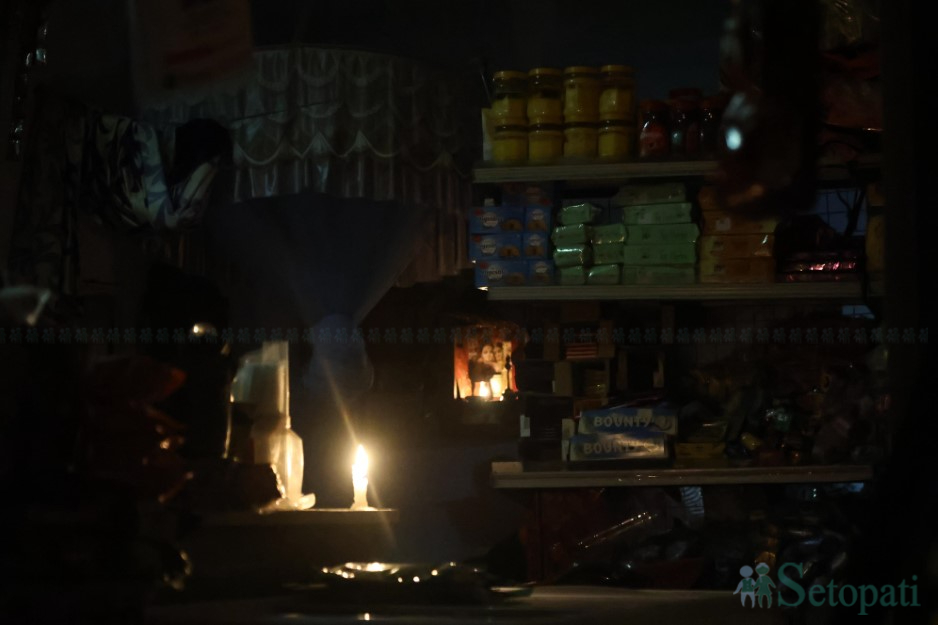The Nepal Electricity Authority (NEA) and the government were widely criticized by the public following frequent power outages recently.
On social media, people expressed their frustration, saying, "Now the days of inverters and candles are back."
Amid all these criticisms, NEA Managing Director Hitendra Dev Shakya held a press conference on Friday to explain the main reasons behind the power supply disruptions that occurred across most parts of the country from 5:35 p.m. to 8 p.m. on Thursday.
The NEA said that the disruptions were caused by very strong winds affecting the Dhalkebar-Muzaffarpur transmission line.
"Very strong winds in the Dhalkebar area simultaneously caused problems in both circuits of the Dhalkebar-Muzaffarpur 400 kV double-circuit line," Shakya said in a statement.
He said that the sudden interruption of power supply to Nepal through this transmission line significantly impacted the entire country’s electricity system.
The problem was compounded by an extremely high demand for electricity and Nepal's low domestic production, the statement said.
As Nepal's system alone could not meet the demand, efforts were made to supply power through the Raxaul-Parwanipur, Mainaiya-Sampatiya, and Kushaha-Kataiya 132 kV transmission lines, but the lines tripped due to an unstable system, it added.
According to the NEA, strong winds also affected 132 kV, 33 kV, and 11 kV lines west of Dhalkebar as fallen trees damaged poles and conductors, leading to simultaneous power supply issues across all areas.
Shakya said that the NEA took immediate steps to address the problem.
"As soon as the issue arose, I personally visited the Electricity System Operation Department in Syuchatar to directly assess the situation," he said.
The NEA attempted to manage the supply by operating powerhouses in Nepal through the Raxaul-Parwanipur, Mainaiya-Sampatiya, and Kushaha-Kataiya 132 kV lines.
However, it took time to restore smooth supply across all areas due to the damage caused to other lines by the storm, Shakya said.
He refuted rumors circulating on social media linking the power disruptions to load-shedding.
"This situation was caused by weather-related activities and technical issues. This is not load-shedding, and the days of load-shedding in Nepal will not return," he said.
Shakya emphasized that the NEA is committed to finding long-term solutions to such problems.
"Short-term, medium-term, and long-term plans will be implemented to ensure such issues do not recur in the future," he said.

